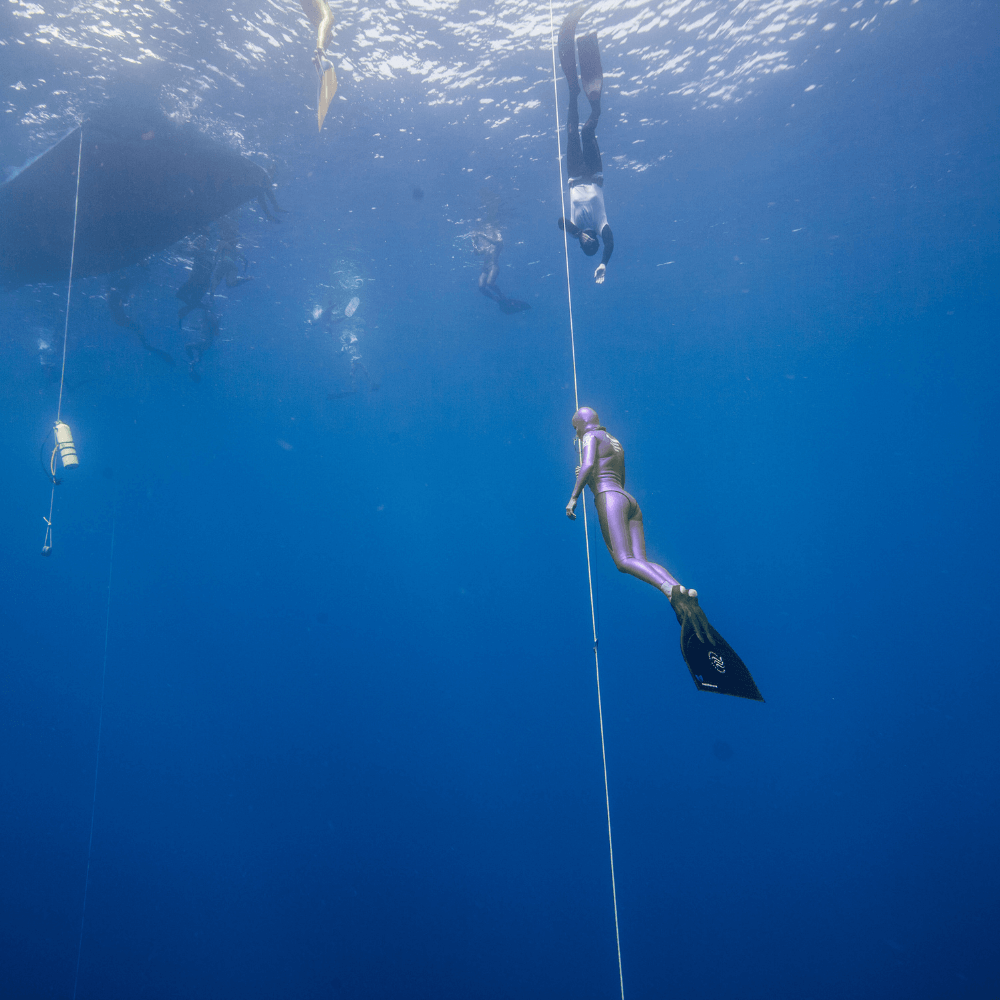Equipment Care Instructions
To ensure maximum performance and extend the life of your equipment, follow the care instructions below. Defects or damage to the equipment caused by improper/incorrect use or insufficient/improper maintenance and product care will render our Warranty Policy null and void.



